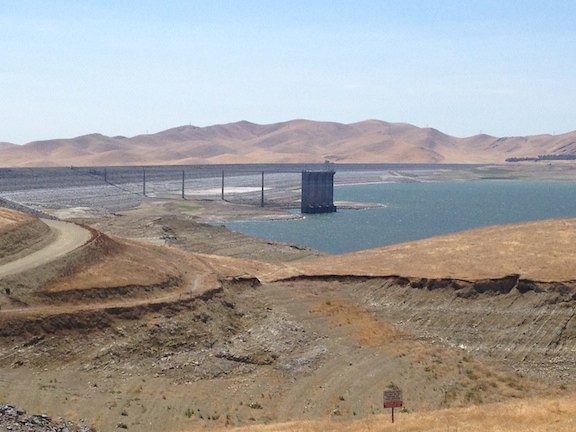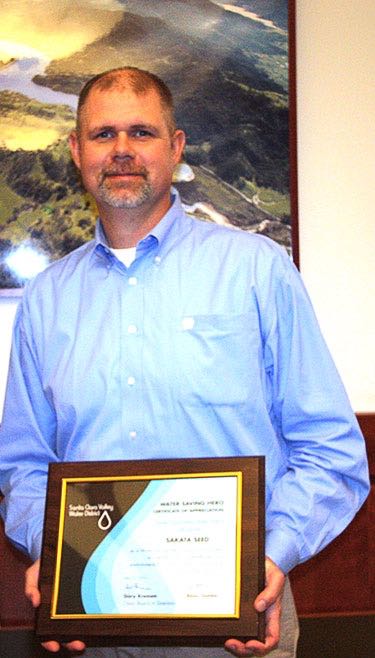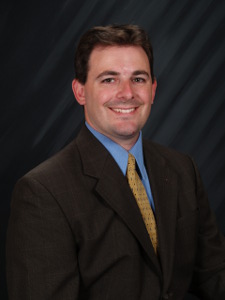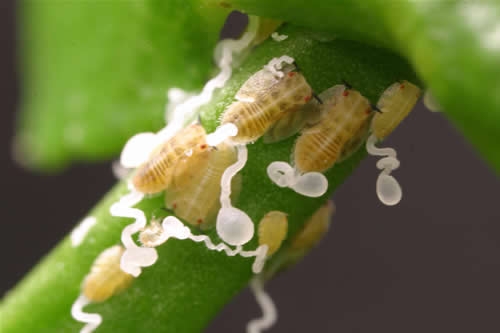Wine Cork Debate: Synthetic vs. Natural Corks
St. Francis Winery Returns to Traditional Natural Corks
By Laurie Greene, California Ag Today Editor
Christopher Silva, President and CEO of St. Francis Winery in Sonoma County, spoke with California Ag Today on the cork debate: synthetic vs. natural corks.
“Our founder, Joe Martin, back in the 1990’s, was not satisfied when he was traveling around the country,” said Silva. “He discovered too many bottles of St. Francis wine were compromised by faulty corks. TCA (trichloroanisole) was creating bacteria issues and damaging the integrity of the wine.”
“So, starting in 1993, we moved to synthetic corks,” Silva explained. “However, internally, we tested and even bottled a case or two of our own wines in natural cork, and we’ve been satisfied that the technological advances in growing natural cork, culling the very best cork from cork forests, and significantly elevated sorting and testing techniques have contributed to eliminating much of the taint problem.”
“There is no perfect closure,” lamented Silva. “I hope that someone finds it! I promise you, I will call California Ag Today the day I find that perfect closure. But we are satisfied that the quality of natural cork has evolved so significantly that the issues we encountered twenty years ago have been largely eliminated,” said Silva.
“Our shift back to natural cork has been a logical choice because it’s been part of our certified sustainable practices,” Silva said. “Remember that natural cork is biodegradable, so it is certainly a certified, sustainable choice. We are trying to care for not only the grapes and the wines that we are so very proud of, but we are all neighbors and inhabitants of this planet, and we think that moving towards significantly consistent sustainable practices is the right thing to do—which makes it the right way to run a business,” Silva said.
“Our biggest issue in winemaking has been cork taint,” Silva explained. “We don’t want a wine that we made compromised by a cork that is contaminated, even slightly, by bacteria. But, we are satisfied that, over the years, there have been all kinds of improved techniques regarding examining the corks, cleaning the corks, and x-raying the corks. Significant advances in technology have eliminated the problem to such an extent that we don’t need to worry about cork taint, which was the biggest issue for us,” Silva said.
“We want the customer to know that when they buy a bottle of St. Francis wine, they are not just buying a product—as wonderful as that product is—and as proud as we are of it—they are buying an experience. Everything from looking at the bottle, studying the bottle, opening the cork, and enjoying the wine inside,” he said.
Featured Photo: Christopher Silva, St. Francis Winery





















